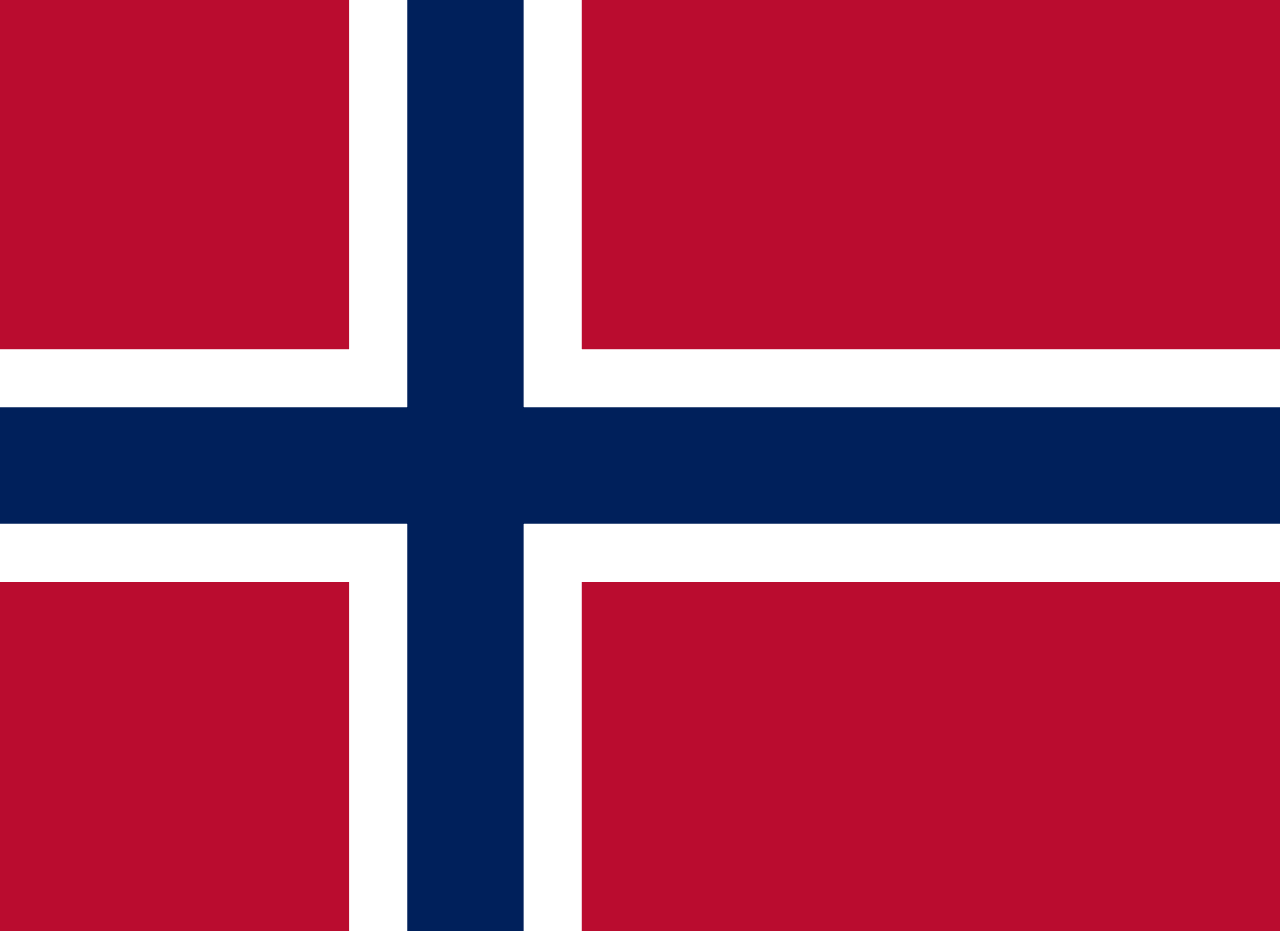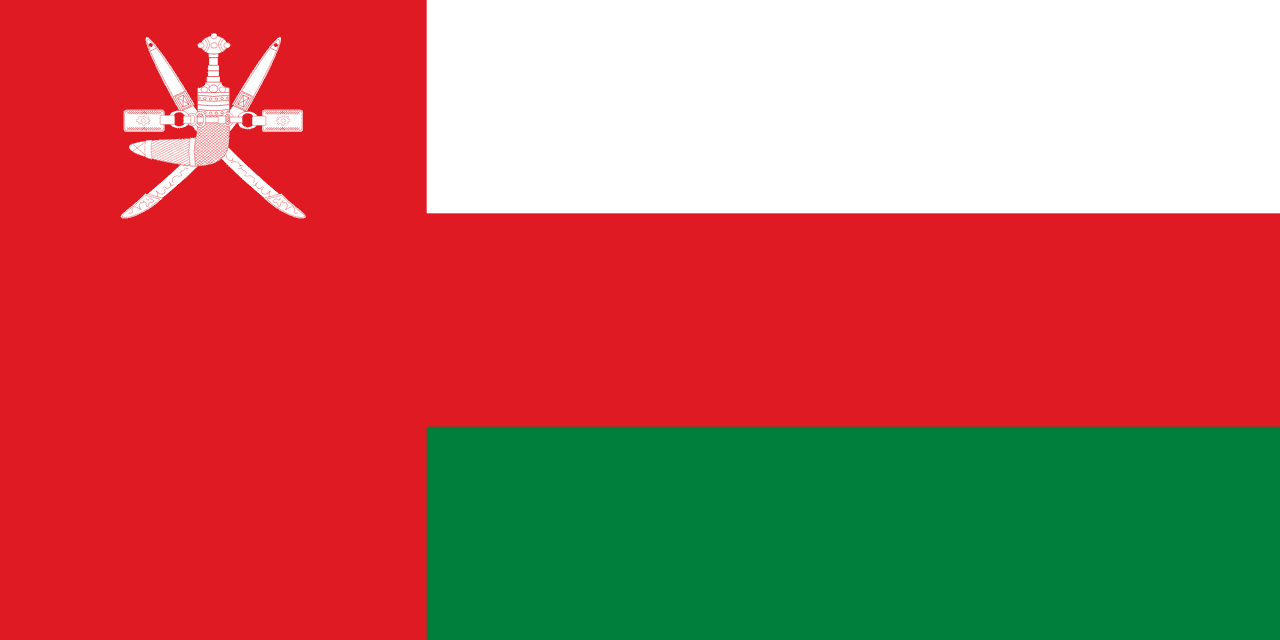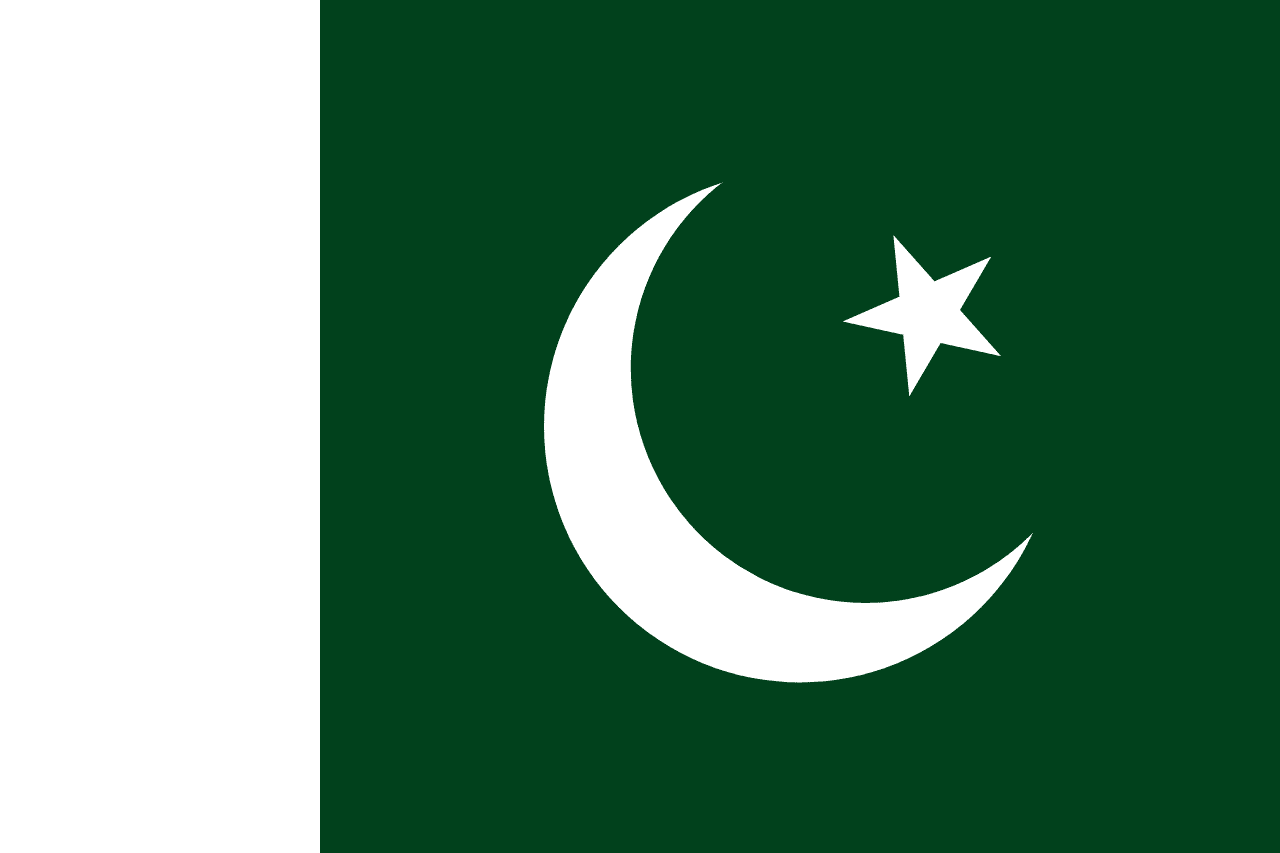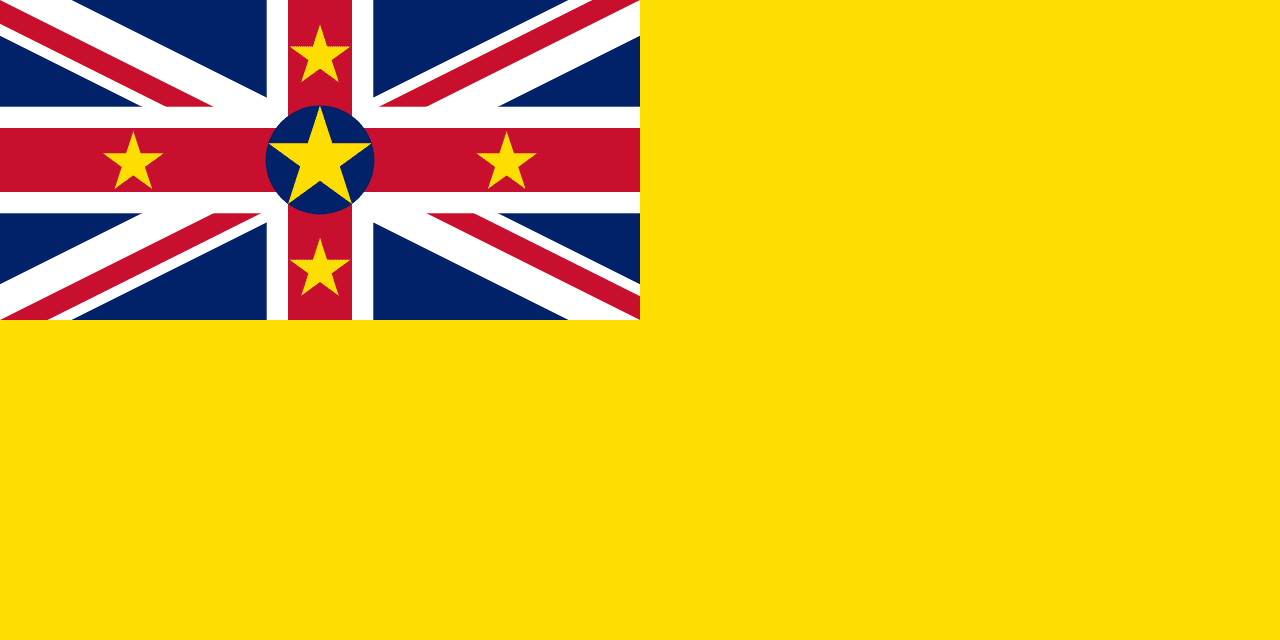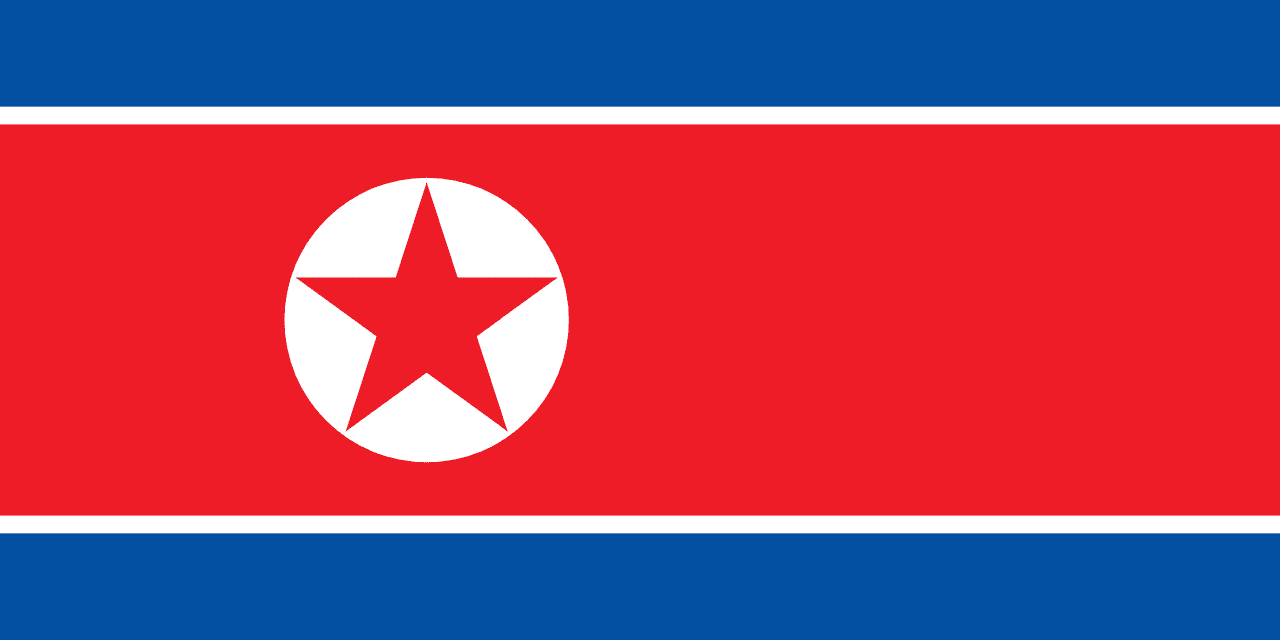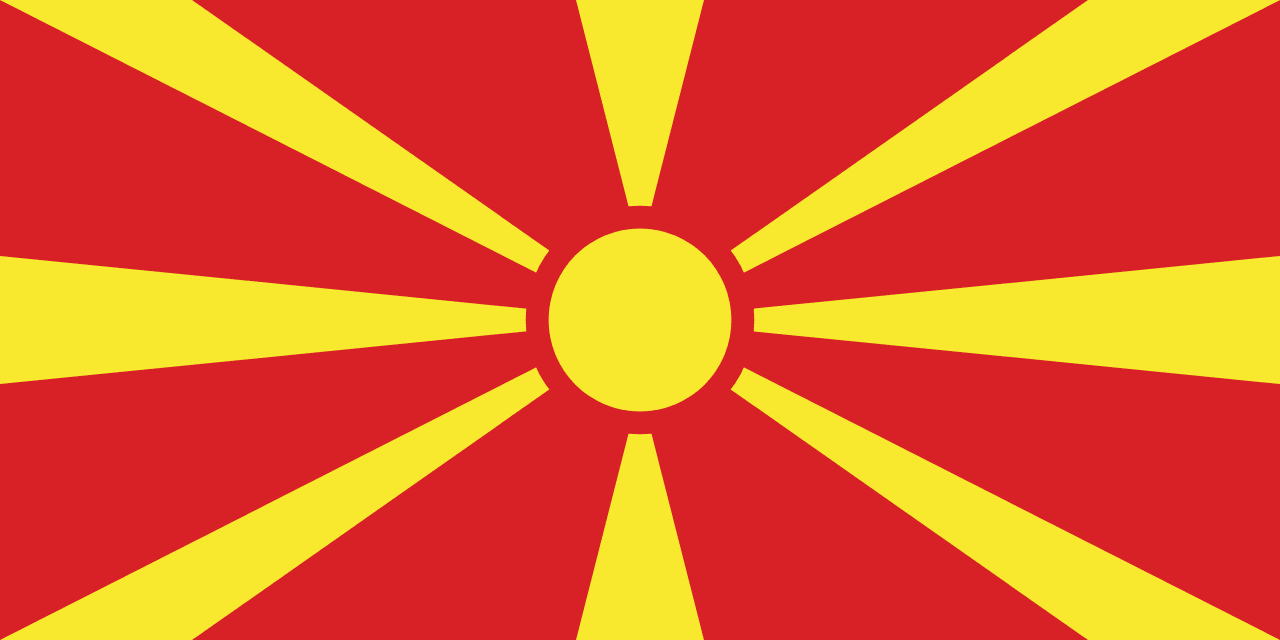The flag of the Northern Mariana Islands features a vibrant blue field with a white five-pointed star at its center. Behind the star is a gray latte stone, an ancient Chamorro structure, encircled by a wreath of white flowers. This unique design encapsulates the islands' rich cultural heritage, natural beauty, and political status.
Northern Mariana Islands information
| National Flag Day | — |
| Sovereign state | — |
| Official name | Commonwealth of the Northern Mariana Islands |
| Capital | Garapan |
| Population | 53,883 |
| Area | 464 km² |
| Currency | United States dollar (USD) |
| Language | English, Chamorro, Carolinian |
| Continent | Oceania |
| Region | Micronesia |
| Subregion | Mariana Islands |
| Borders | — |
| Timezone | Chamorro Time (ChT) UTC+10 |
| Calling code | +1 670 |
| Top-level domain | .mp |
History of the Northern Mariana Islands flag
 The flag was officially adopted on July 1, 1985, shortly after the Northern Mariana Islands became a commonwealth of the United States in 1978. The design was created by local artist Taga, chosen through a public contest that aimed to represent the islands' distinct identity and diverse cultural influences. This adoption marked a significant milestone in the islands' journey towards self-governance and cultural recognition.
The flag was officially adopted on July 1, 1985, shortly after the Northern Mariana Islands became a commonwealth of the United States in 1978. The design was created by local artist Taga, chosen through a public contest that aimed to represent the islands' distinct identity and diverse cultural influences. This adoption marked a significant milestone in the islands' journey towards self-governance and cultural recognition.
Symbolism and design of the Northern Mariana Islands flag
The flag's design is rich in symbolism, reflecting the archipelago's natural beauty, cultural heritage, and political aspirations. The deep blue field represents the vast Pacific Ocean that surrounds the islands, highlighting their maritime identity and the importance of the sea to the islanders' way of life. The white five-pointed star symbolizes the commonwealth's connection to the United States, as well as representing the five main islands of Saipan, Tinian, Rota, Pagan, and Agrihan. The gray latte stone behind the star is a powerful symbol of the indigenous Chamorro culture. Latte stones are ancient limestone pillars unique to the Mariana Islands, used as building supports for traditional Chamorro structures. Their inclusion on the flag emphasizes the islands' deep-rooted cultural heritage and the enduring strength of its indigenous traditions. The wreath of white flowers encircling the latte stone represents the mwar mwar, a traditional Carolinian floral head lei. This element pays homage to the Carolinian culture, which alongside the Chamorro culture, forms the core of the Northern Mariana Islands' ethnic identity. The wreath also symbolizes unity, peace, and the welcoming nature of the islanders.
Usage and significance of the Northern Mariana Islands flag
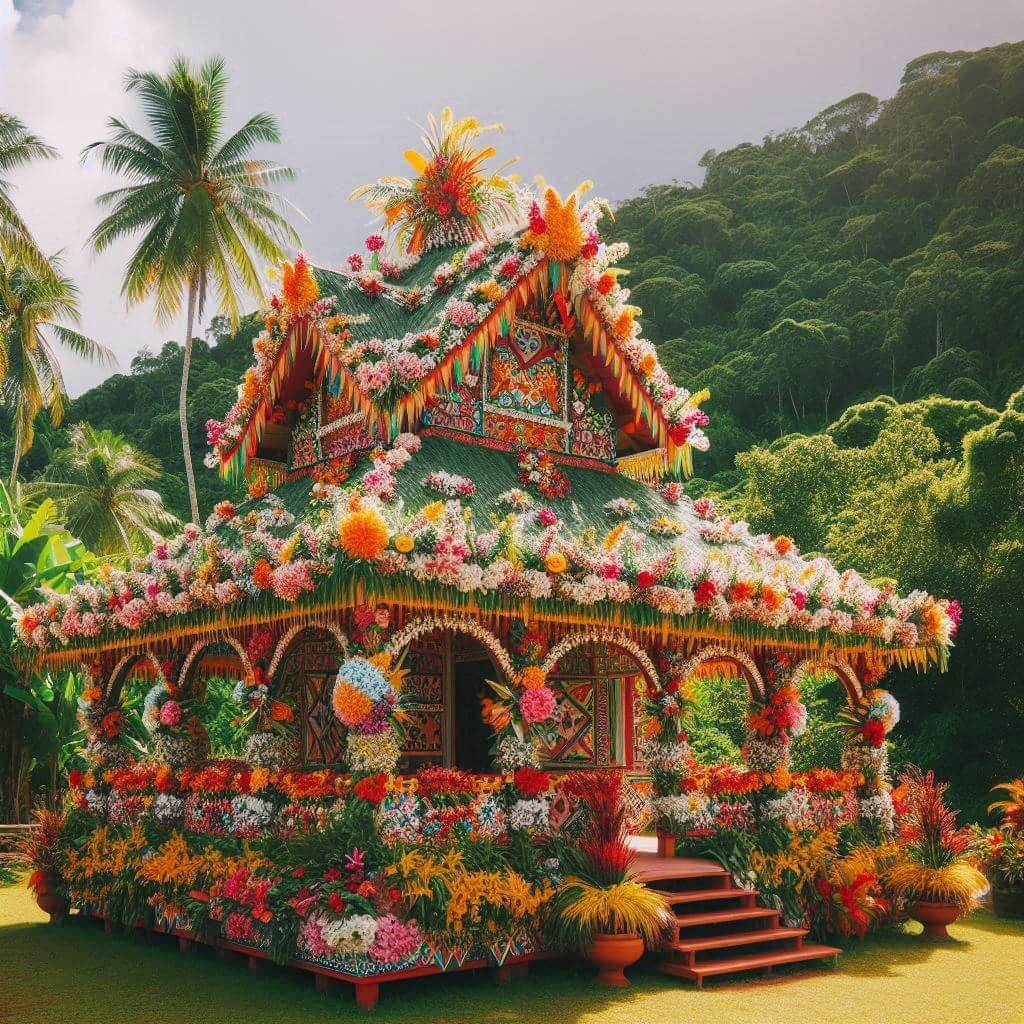 The flag of the Northern Mariana Islands holds immense importance as a symbol of unity, cultural pride, and political identity. It is prominently displayed on government buildings, schools, and during official ceremonies throughout the commonwealth. The flag plays a central role in local celebrations, particularly during the annual Covenant Day on March 24th, which commemorates the islands' political union with the United States.
Internationally, the flag represents the Northern Mariana Islands at regional Pacific forums and sporting events, such as the Pacific Games. While the U.S. flag is used for federal purposes, the Northern Mariana Islands flag serves as a powerful visual representation of the islands' unique status as an unincorporated U.S. territory with its own distinct cultural identity.
The flag of the Northern Mariana Islands holds immense importance as a symbol of unity, cultural pride, and political identity. It is prominently displayed on government buildings, schools, and during official ceremonies throughout the commonwealth. The flag plays a central role in local celebrations, particularly during the annual Covenant Day on March 24th, which commemorates the islands' political union with the United States.
Internationally, the flag represents the Northern Mariana Islands at regional Pacific forums and sporting events, such as the Pacific Games. While the U.S. flag is used for federal purposes, the Northern Mariana Islands flag serves as a powerful visual representation of the islands' unique status as an unincorporated U.S. territory with its own distinct cultural identity.
Interesting facts about the Northern Mariana Islands flag
- The Northern Mariana Islands is one of only two commonwealths associated with the United States, the other being Puerto Rico.
- The latte stone depicted on the flag is not just a symbol but a real archaeological feature found throughout the Mariana Islands, with some stones dating back over 1,000 years.
- The flag's design incorporates elements from both the Chamorro and Carolinian cultures, reflecting the islands' diverse ethnic heritage.
- Despite being a U.S. territory, the Northern Mariana Islands competes as a separate entity in many international sporting events, proudly flying its own flag.
- The flag's adoption in 1985 coincided with a period of rapid economic development in the Northern Mariana Islands, particularly in the garment industry and tourism sector.
